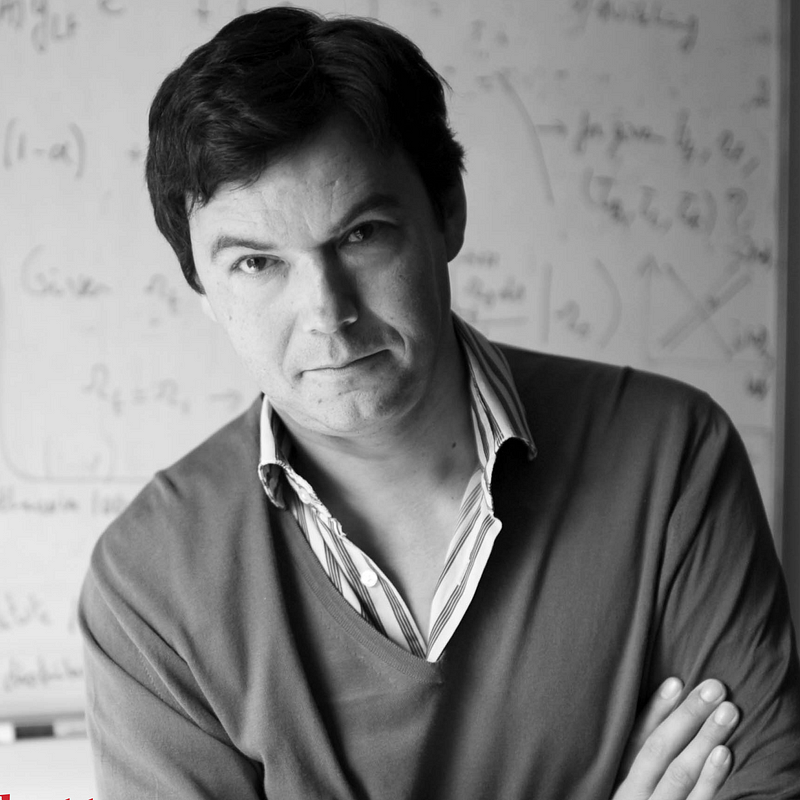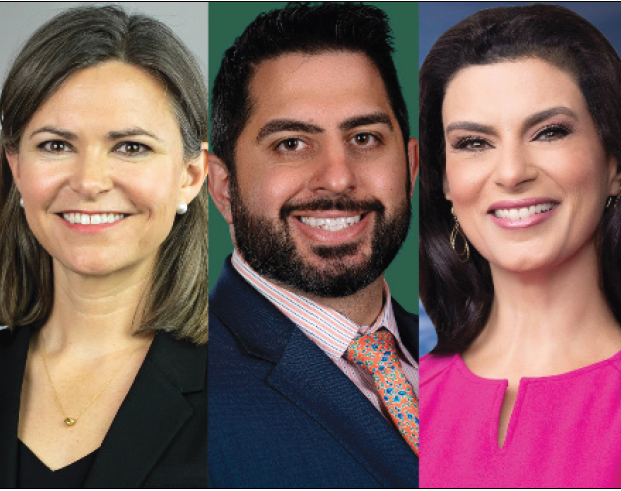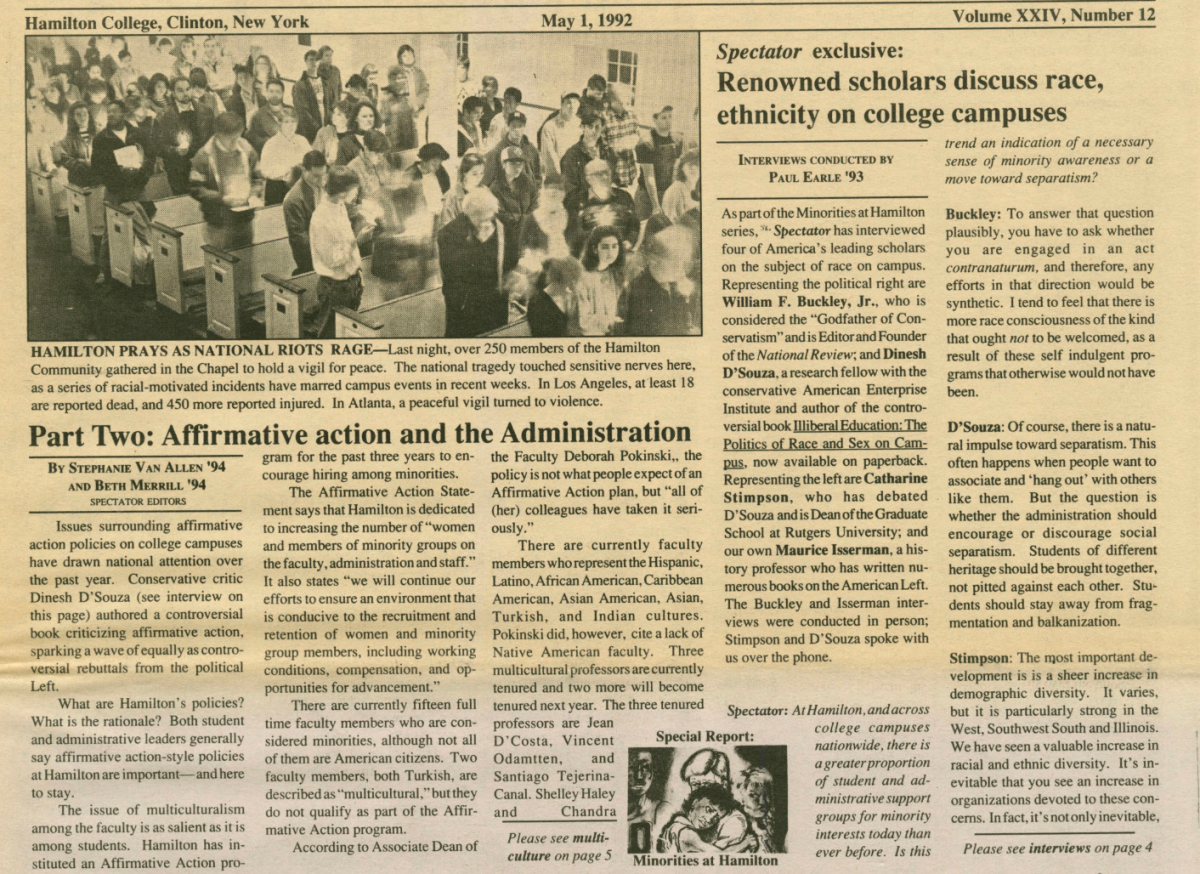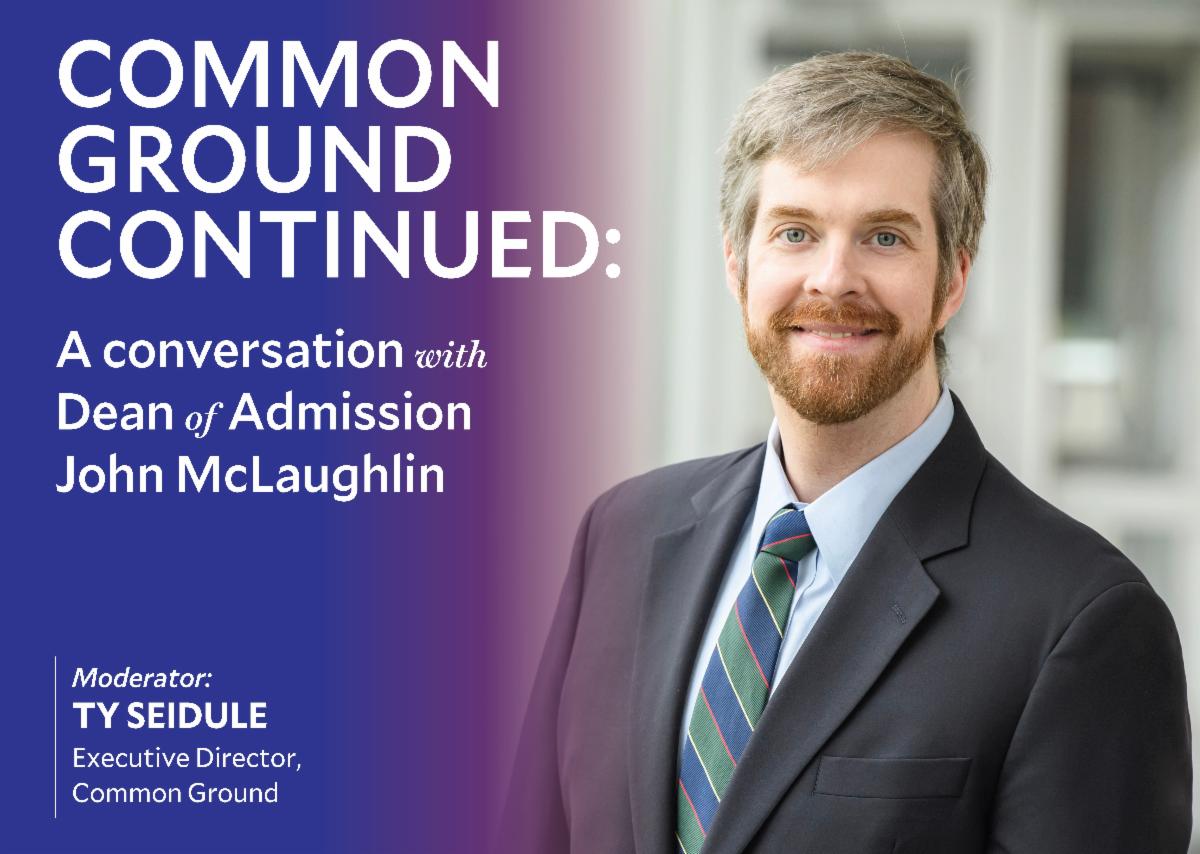
Raising taxes on the wealthiest Americans is not a radical idea. President Trump’s economic advisors maintain that raising taxes on the richest Americans would hurt economic growth and limit business investment, precipitating a recession. Yet according to a recent
New York Times
survey of 50 leading economists, Trump’s fiscal policy received almost unanimous criticism from these economists, who argue that Trump’s $1.5 trillion tax cut provided stimulus to the economy when it was least necessary. Now the federal government sits upon an abnormally high budget deficit for an economy that experienced real GDP growth of 2.9 percent in 2018. But the suggestion of raising taxes on the richest Americans remains an anathema in our culture.
Income inequality is linked to economic instability, high burdens of debt for the middle and lower classes, limited social mobility, crime, unequal access to health care, and generational poverty. By increasing government revenue through raising taxes on the wealthiest Americans, we could fully fund our welfare state, invest in repairing and improving our aging infrastructure, provide health care as a right, and provide higher education opportunities to more Americans.
In 2015, the
New York Times
reported that raising the total tax burden on the top 1 of percent income earners from 33.4 percent to 40 percent would boost government revenue by about $157 billion in the first year. That would easily cover the estimated cost of eliminating undergraduate tuition at all American four-year colleges and universities, an estimated $47 billion. And the Tax Policy Center reports that most economists are in agreement that raising taxes moderately would bring in more revenue without doing any great harm to the economy.
Most striking is that this level of tax burden for the top 1 percent of income earners has not been extraordinary throughout American history. According to the Tax Foundation, an independent tax policy think tank, the top 1 percent of American income earners paid an average tax rate of 42 percent throughout the 1950s, compared to 36.4 percent in 2014. But while the tax rate on the top 1 percent has declined since the 1950s, the richest Americans gained a disproportionate amount of the income growth over that time. A 2017 report by the Congressional Budget Office found that after federal taxes and transfers, the top 1 percent of income earners experienced income growth of 275 percent from 1979 to 2007; over that same timeframe, the bottom 20 percent experienced income growth of only 41 percent. That’s almost seven times higher income growth for the top 1 percent.
So over the last 40 years, while the the wealthiest Americans’ incomes have skyrocketed, their taxes have decreased. Raising taxes on the wealthiest Americans is no less than an attempt to level an economic playing field that was transformed radically by lower taxes, globalization, financialization and automation. Why should we further the income disparity and let those who have gained the most from the changing economy have their taxes reduced?
This question gets to the heart of the cultural obstacles behind increasing taxes in America. We are a country built on the American Dream, the shared belief in the opportunity to succeed economically. Barack Obama evoked it through “the audacity of hope,” Hillary Clinton alluded to it in being “stronger together,” and of course Donald Trump kicked off his 2016 Presidential campaign by declaring “the American Dream is dead.” This shared ideology is so entrenched in our culture, evoked by Democrats and Republicans alike, that it obscures an objective examination of income inequality.
By believing in the American Dream, we avoid the harsh realities of income and wealth inequality. Data from economists Thomas Piketty and Emmanuel Saez demonstrate that while the income share of the bottom half of the U.S. population declined from 20 percent in 1980 to 12 percent in 2014, the share of income of the top 1 percent grew from 12 percent in 1980 to 20 percent in 2014. The top 1 percent of Americans possess 40 percent of the wealth in our country, while the bottom 80 percent posses just 7 percent. The top 1 percent owns more income than the bottom 90 percent.
Trying to create a less unequal distribution of wealth and income is not a matter of harming economic growth, or taking from the rich and giving to the poor. Lessening income and wealth inequality is a matter of turning the American Dream into the American Reality. We cannot fulfill this dream if 1 percent of Americans have more wealth the the majority of Americans combined. Raising taxes on the richest Americans is just one way to address the problem. That way we can send more people to school, encourage research and development to strengthen America’s industries, and rebuild our aging infrastructure. Returning taxes on the top 1 percent to where they were in the 1950s or 1970s isn’t socialism; it’s common sense.

















